Introduction
Iran's art and craft market holds a unique position globally, blending centuries-old traditions with modern craftsmanship. This market encompasses a wide range of products, including carpets, decorative arts, handmade bags and shoes, folk costumes, statues, sculptures, furniture, paintings, manuscripts, and handmade jewelry. Leveraging trade statistics and economic indicators, this article provides a detailed analysis of the market's performance, opportunities, and risks.
Trade Dynamics: A Closer Look at Export and Import Trends
# Key Trade Categories
The trade statistics reveal that Iran's art and craft exports are embedded within broader categories such as "Textiles and Clothing," "Footwear," and "Miscellaneous." In 2022, the "Textiles and Clothing" category alone accounted for $1.94 billion in trade value, reflecting the global demand for Iranian carpets and traditional textiles. Similarly, "Footwear," which includes handmade shoes, contributed $2.97 million, while "Miscellaneous"—a category likely encompassing decorative arts and handicrafts—reached $4.97 billion.
# Year-on-Year Growth Patterns
A comparative analysis of trade data from 2020 to 2022 shows a steady growth trajectory in "Textiles and Clothing," increasing from $1.17 billion in 2020 to $1.94 billion in 2022. This 65% growth underscores the resilience of Iran's traditional crafts despite global economic uncertainties. However, "Footwear" experienced a decline, dropping from $1.5 million in 2020 to $2.97 million in 2022, suggesting challenges in scaling production or accessing international markets.
# Export Markets and Global Positioning
Iran's primary trade partners for art and craft products include neighboring countries and regions with cultural affinities, such as the Middle East, Central Asia, and parts of Europe. The high value of "Miscellaneous" exports indicates a strong demand for Iranian decorative arts and antiques, which are often sought after by collectors and interior designers worldwide.
Economic Indicators: Contextualizing Market Performance
# Currency Volatility and Inflation
Iran's economic indicators reveal significant challenges, including currency volatility and high inflation. The Iranian Rial's depreciation has made exports more competitive globally but has also increased the cost of imported raw materials for artisans. Inflation rates, hovering around 40% annually, have further strained domestic purchasing power, potentially limiting local demand for high-value crafts.
# GDP and Consumer Spending
Iran's GDP in 2022 was approximately $1.49 trillion (PPP), showing moderate growth compared to previous years. However, consumer spending patterns indicate a shift toward essential goods, which could impact the domestic market for non-essential art and craft items like handmade jewelry and sculptures.
# Employment in the Craft Sector
The art and craft sector is a significant employer in Iran, particularly in rural areas where traditional skills are passed down through generations. Government initiatives aimed at supporting small and medium-sized enterprises (SMEs) in this sector have helped sustain employment levels, even during economic downturns.
Opportunities in Iran's Art and Craft Market
# Rising Global Demand for Authenticity
The global trend toward sustainable and authentic products presents a significant opportunity for Iranian artisans. Handmade carpets, for instance, are increasingly viewed as both functional items and investment pieces. Similarly, the growing interest in cultural tourism can boost sales of folk costumes, manuscripts, and decorative arts.
# Digital Transformation
The adoption of e-commerce platforms has enabled Iranian artisans to reach international buyers directly. Platforms specializing in handmade and vintage items, such as Etsy, have opened new avenues for exporting products like handmade jewelry and antique furniture.
# Government Support and Trade Agreements
Iran's government has introduced policies to promote exports, including subsidies for artisans and reduced tariffs on raw materials. Additionally, trade agreements with neighboring countries could facilitate easier market access for Iranian crafts.
Risks and Challenges
# Sanctions and Trade Barriers
International sanctions remain a significant hurdle, restricting access to global markets and financial systems. These barriers complicate transactions and limit the ability of artisans to source high-quality raw materials.
# Quality Standardization
While the uniqueness of Iranian crafts is a selling point, the lack of standardized quality control can deter international buyers. Establishing certification systems for authenticity and quality could mitigate this issue.
# Competition from Mass-Produced Goods
The influx of mass-produced goods from countries like China poses a threat to Iran's craft market. Competing on price is not feasible for handmade products, making it essential to emphasize quality and cultural value.
Strategic Recommendations
1. Enhance Global Branding: Position Iranian crafts as luxury items by leveraging their cultural heritage and craftsmanship.
2. Invest in Digital Marketing: Use SEO-optimized content to promote keywords like "Contact information of art and craft suppliers in Iran" and "Handmade bags and shoes" to attract international buyers.
3. Develop Export Hubs: Establish centralized hubs for quality control and export logistics to streamline international trade.
4. Foster Public-Private Partnerships: Collaborate with private entities to fund training programs for artisans and improve production techniques.
Conclusion
Iran's art and craft market is a tapestry of opportunities and challenges. While economic and geopolitical factors pose risks, the sector's rich heritage and growing global demand for authenticity offer immense potential. By addressing quality control, leveraging digital platforms, and navigating trade barriers, Iran can solidify its position as a global leader in art and craft exports.
-
 Mohammad Kazem Ghadiri 3 months ago
Mohammad Kazem Ghadiri 3 months ago Iran
Handmade Leather Bag
Iran
Handmade Leather Bag
All bags are made with natural leather and an exceptionally neat and excellent stitchDetails
-
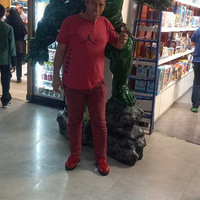 Mohammad Hossein Khosh Lahjeh 3 months ago
Mohammad Hossein Khosh Lahjeh 3 months ago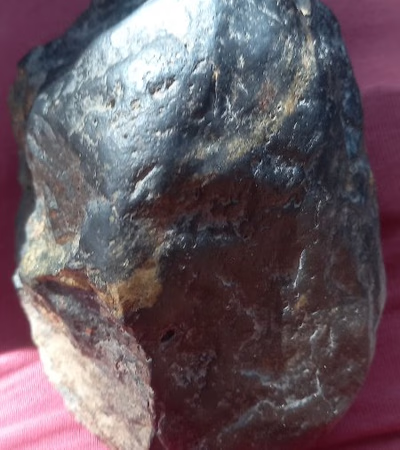 Iran
Shahab Antique Dishes Gemstones
Iran
Shahab Antique Dishes Gemstones
All goods are original, even one year after the transaction, if it turns out not to be original, the amount of money and damages will be paid.Details
-
 Omid Arianmehr 3 months ago
Omid Arianmehr 3 months ago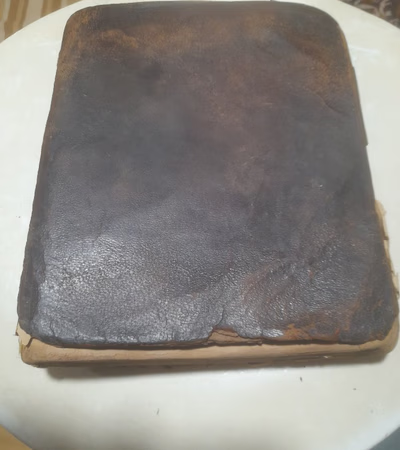 Iran
Old Handwritten Quran
Iran
Old Handwritten Quran
In the name of God. An almost intact old handwritten Quran with an English embossed seal. I do not know its age. Price is negotiable.Details
-
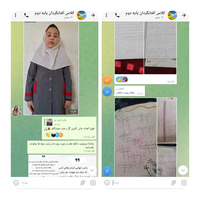 Mafi 3 months ago
Mafi 3 months ago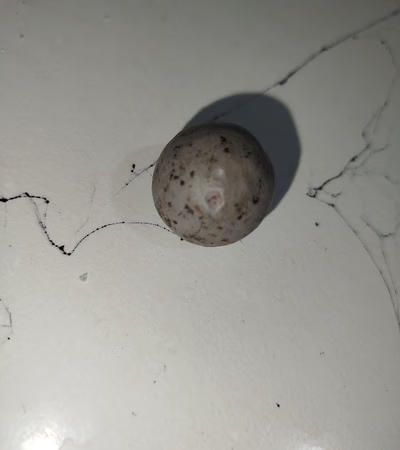 Iran
Diamond Grinding Stone
Iran
Diamond Grinding Stone
Diamond Grinding StoneDetails
-
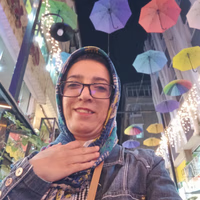 Elaheh Azamian Bidgoli 3 months ago
Elaheh Azamian Bidgoli 3 months ago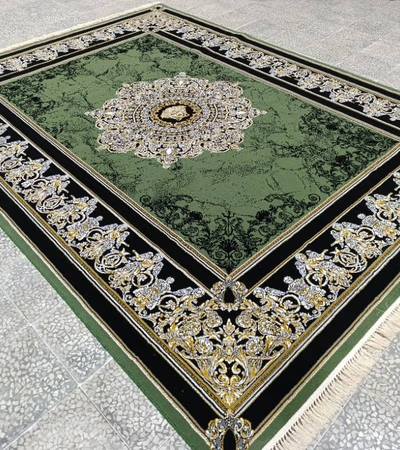 Iran
Various Carpets
Iran
Various Carpets
Greetings and regards We are manufacturers of various machine-made and handmade carpets, silk machine-made carpets, and velvet carpetsDetails
-
 Aria 3 months ago
Aria 3 months ago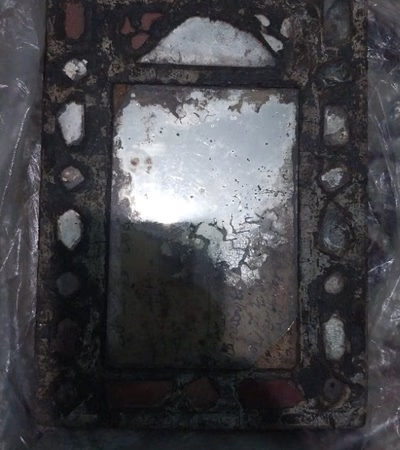 Iran
Old mirror
Iran
Old mirror
Antique silver-plated wooden mirrorDetails
-
 Mohammad Nik Farjad 3 months ago
Mohammad Nik Farjad 3 months ago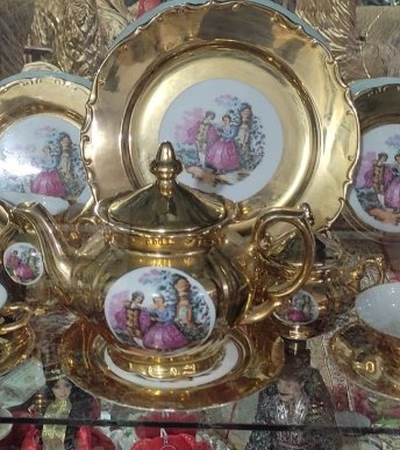 Iran
Gilded antique vessels.
Iran
Gilded antique vessels.
Selling a unique collection of original decorative and ornamental vessels in classic European style with over 90 years of history. Classic romantic de...Details
-
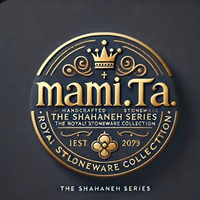 Mami. Ta 3 months ago
Mami. Ta 3 months ago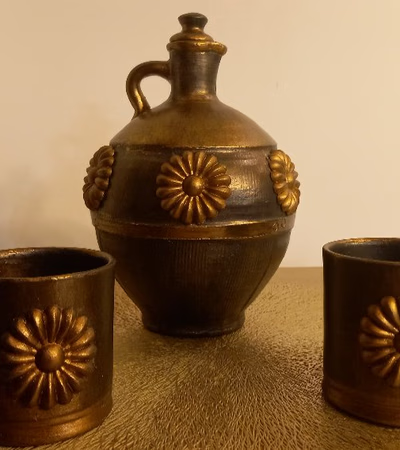 Iran
Ancient Iranian Handicrafts in a Modern and Luxurious Form
Iran
Ancient Iranian Handicrafts in a Modern and Luxurious Form
100% handmade Washable pottery material Suitable for daily use A precious gift Displaying ancient Iranian art in a modern formDetails
-
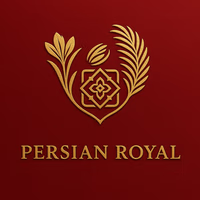 پرشین رویال 3 months ago
پرشین رویال 3 months ago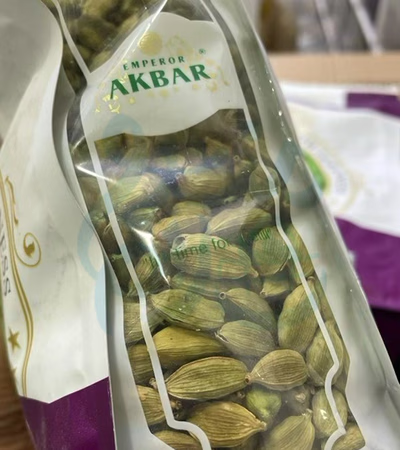 Iran
Carpet, green cardamom, saffron,herbal tees
Iran
Carpet, green cardamom, saffron,herbal tees
We offer a collection of the finest Iranian products with outstanding quality.You can find the following products with us:Pure and premium saffronArom...Details
-
 Nasrin Bagheri Kho 3 months ago
Nasrin Bagheri Kho 3 months ago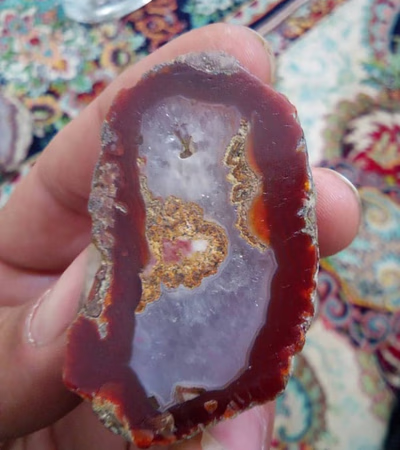 Iran
Precious and Semi-Precious Stones
Iran
Precious and Semi-Precious Stones
Various jewelry with precious and semi-precious raw stonesDetails
-
 Hesam Tejarat Itak 3 months ago
Hesam Tejarat Itak 3 months ago Iran
Machine-Made Carpet
Iran
Machine-Made Carpet
Export of machine-made carpets in various dimensionsDetails
-
 Hesam Tejarat Itek 2 months ago
Hesam Tejarat Itek 2 months ago Iran
Machine-made Carpet
Iran
Machine-made Carpet
Exporting carpets to all countries, machine-made carpets, machine-made carpets with various dimensionsDetails
-
 شرکت حسام تجارت آیتک 2 months ago
شرکت حسام تجارت آیتک 2 months ago Iran
Machine-Made Carpet
Iran
Machine-Made Carpet
Exporting carpets to all countries, machine-made carpets, silk machine-made carpets with various dimensionsDetails
-
 Samazakeri 4 months ago
Samazakeri 4 months ago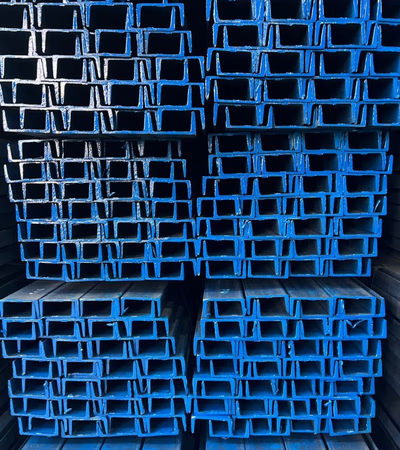 Iran
Anything you want. . we are producing steel angle and channel and we can export these products
Iran
Anything you want. . we are producing steel angle and channel and we can export these products
Anything you want.Details
-
 Rad 4 months ago
Rad 4 months ago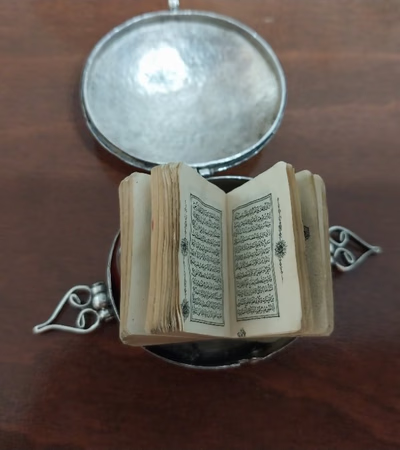 Iran
Antique 240-Year Qajar Miniature Quran
Iran
Antique 240-Year Qajar Miniature Quran
240-year-old miniature Quran from the Qajar era. Lithographic print of 30 sections. Approximately 2 centimeters in size. Handmade silver cover.Details
-
 Mina Ekhtiyar 2 months ago
Mina Ekhtiyar 2 months ago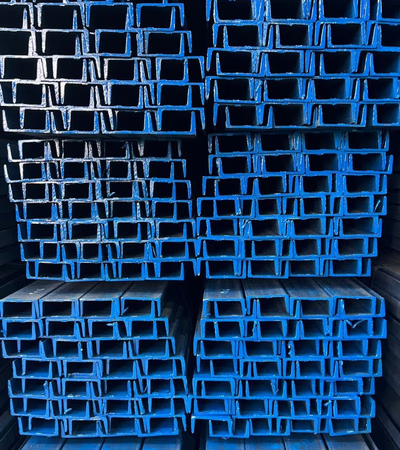 Iran
steel angle and channel
Iran
steel angle and channel
hello , we are producing steel angle and channel and we can export this products , for many explain please text me in wtpDetails
-
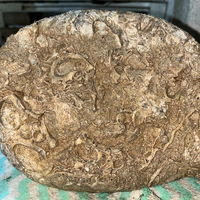 Zahra Sadat Hoseyni 2 months ago
Zahra Sadat Hoseyni 2 months ago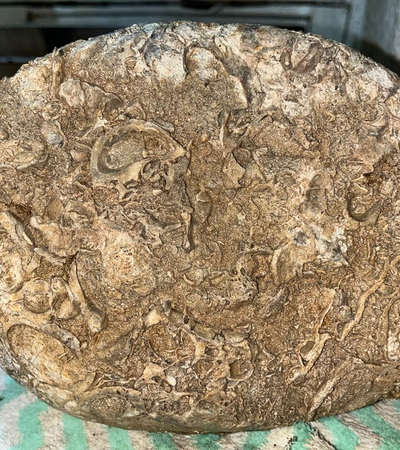 Iran
40 million-year-old fossil gemstones
Iran
40 million-year-old fossil gemstones
The stone was found in the mountains, over 40 million years old. For more information, please contact.Details
-
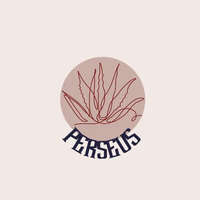 Leila Mousavi Novidian 3 months ago
Leila Mousavi Novidian 3 months ago Iran
Seller of natural hair, old Iranian carpets and rugs, legumes, and saffron
Iran
Seller of natural hair, old Iranian carpets and rugs, legumes, and saffron
Seller of natural hair, legumes, handmade jewelry, antique rugs and carpets, saffronDetails
-
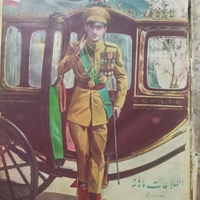 Hamid Fakhari 2 months ago
Hamid Fakhari 2 months ago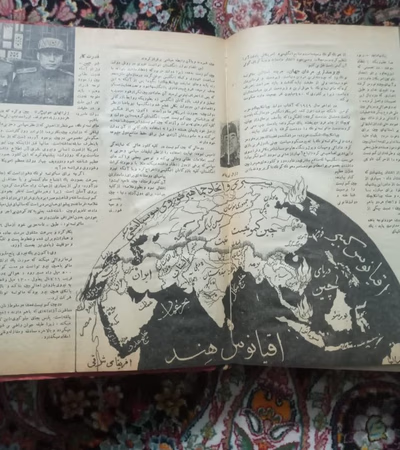 Iran
Archive of Old Magazines
Iran
Archive of Old Magazines
Archive of old magazines from 1901 to 1981 in cultural - artistic - historical - philosophical - novel subjectsDetails
-
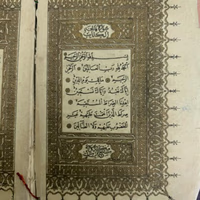 Amiri 3 months ago
Amiri 3 months ago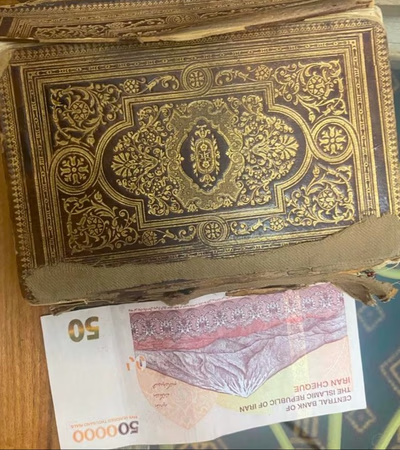 Iran
Old and Rare Quran
Iran
Old and Rare Quran
A very old, exquisite, antique, and collectible Quran with gold water embellishmentsDetails
-
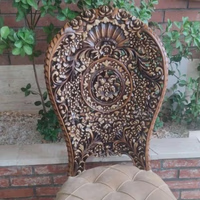 Mohandes Mehrsam 3 months ago
Mohandes Mehrsam 3 months ago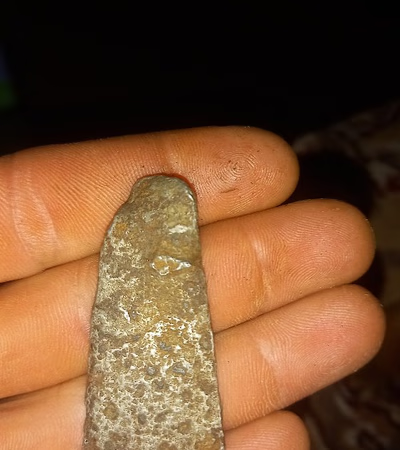 Iran
Old
Iran
Old
High experience in cash salesDetails
-
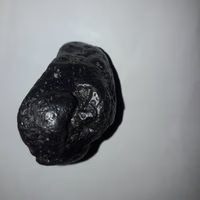 Hossein 2 months ago
Hossein 2 months ago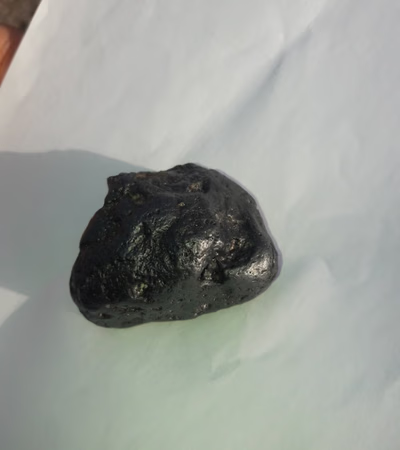 Iran
Meteor
Iran
Meteor
Beautiful lunar meteorDetails
-
 Ekhtiar Ghafari 4 months ago
Ekhtiar Ghafari 4 months ago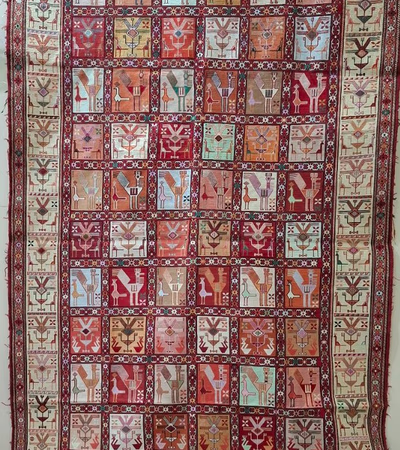 Iran
Kilim Varni Yasomak
Iran
Kilim Varni Yasomak
Single-sided kilim, locally known as Varni, woven by the Turks with primary materials of silk and wool, and a combination of wool and silk in various ...Details
-
 Morteza Hoseini 3 months ago
Morteza Hoseini 3 months ago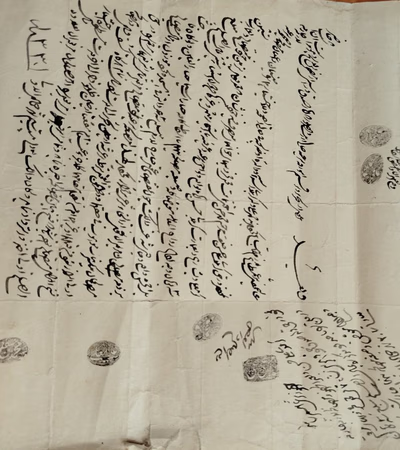 Iran
Old Manuscript
Iran
Old Manuscript
A number of old manuscripts related to the First PahlaviDetails
-
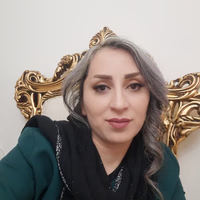 Soraya Ghalipour 2 months ago
Soraya Ghalipour 2 months ago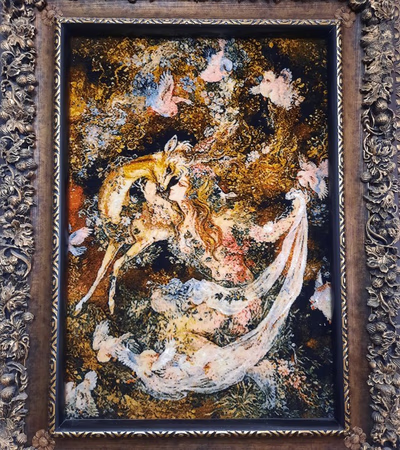 Iran
Iranian Carpet
Iran
Iranian Carpet
Handwoven Iranian CarpetsDetails
-
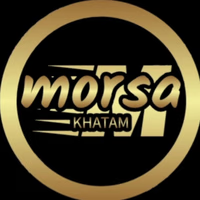 Morsakhatam 3 months ago
Morsakhatam 3 months ago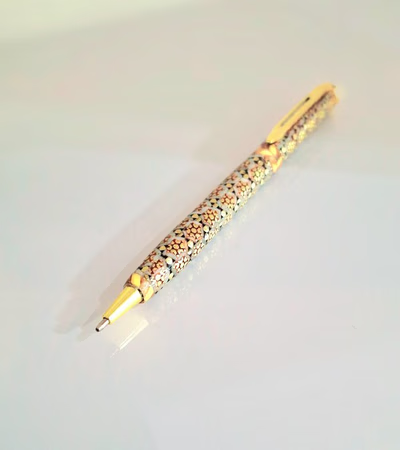 Iran
I make products like chocolate vases, pens, lighters, etc.
Iran
I make products like chocolate vases, pens, lighters, etc.
I am a manufacturer of Khatamkari products and I make products such as chocolate vases, pens, lighters, etc.Details
-
 Almas Astone 5 months ago
Almas Astone 5 months ago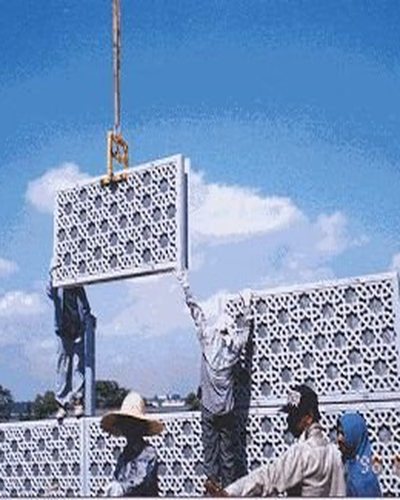 Iran
Export of all stone building products
Iran
Export of all stone building products
Production of various stone building products. Internal wall panels, external facade, production of various artificial stones including nano cement pl...Details
-
 Hossein Mazhari 5 months ago
Hossein Mazhari 5 months ago Iran
The best beauty Meteorite
Iran
The best beauty Meteorite
Hi I have one real beauty Meteorite for sale. Weight 190 gr. Length 13 cm. Width 6 cm. Height about 3 cm. My whatsapp is: 098 09127361605 RegardsDetails
-
 Foad 3 months ago
Foad 3 months ago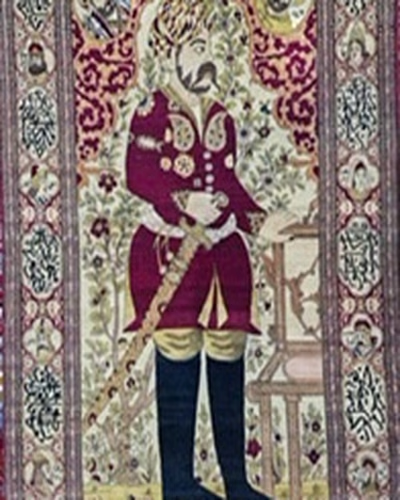 Iran
Antique carpet over 100 years old
Iran
Antique carpet over 100 years old
Pictorial Carpet of The Great Shah Abbas Isfahan Age: 100 - 120-year-old Area: 300 cm, length 218 cm, width 138 cm Lineage: 85 knots in 10 cm Warp: Co...Details
-
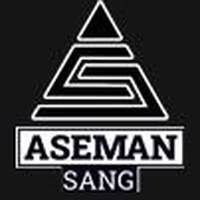 Asemansang 3 months ago
Asemansang 3 months ago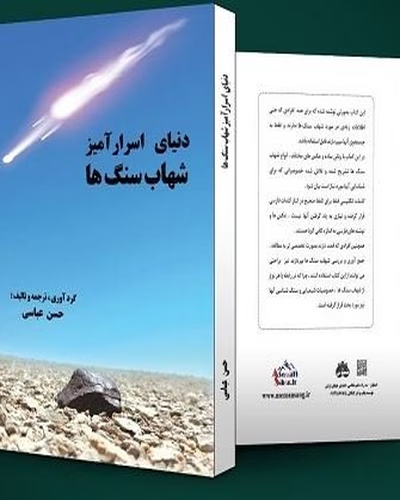 Iran
Stone, Mineral and Collectible Crystals, Meteorites and Fossils
Iran
Stone, Mineral and Collectible Crystals, Meteorites and Fossils
We are active in the field of gemstones, collectible crystals, cut stones, meteorites, and fossils. We have presented all our products on our website ...Details















































